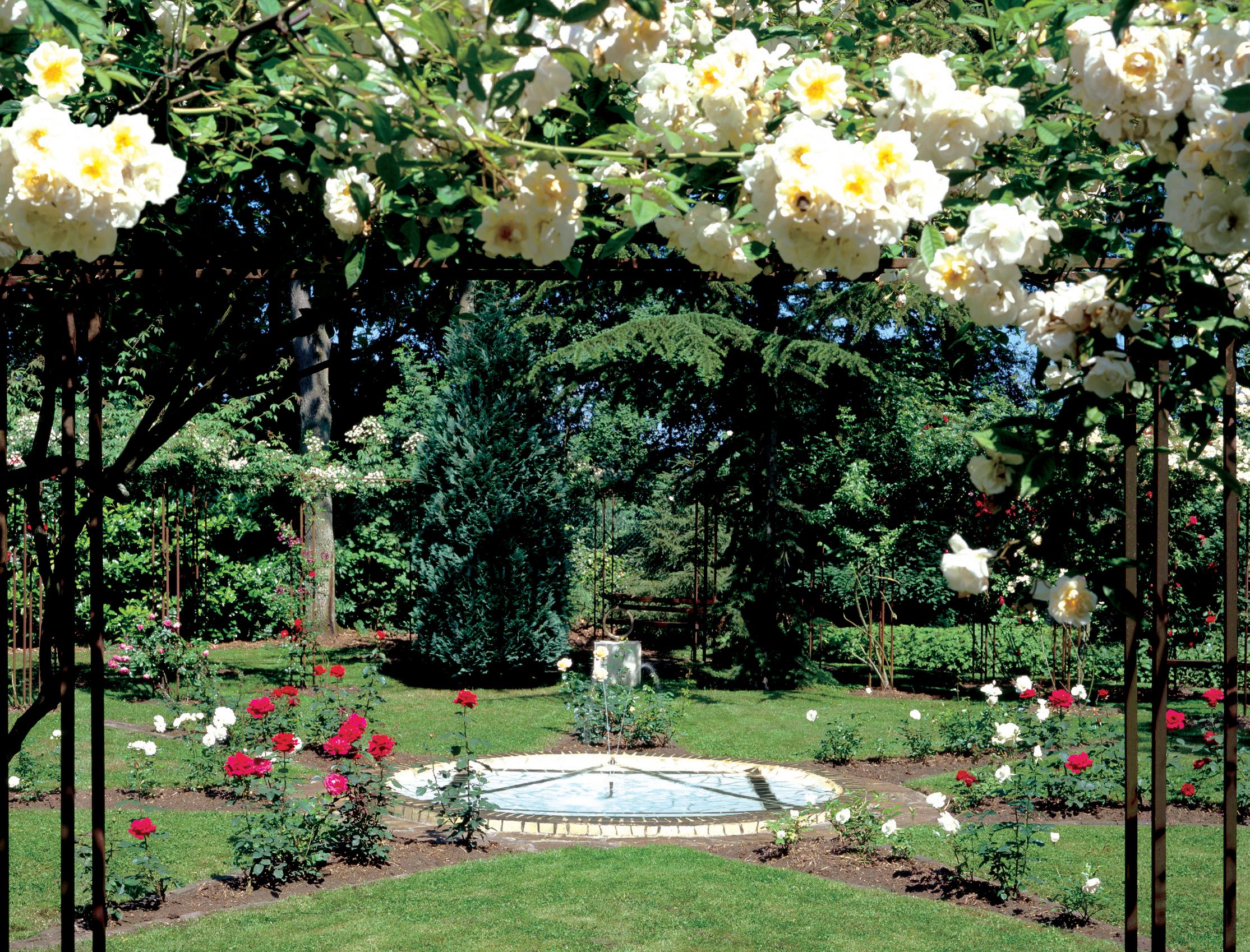
4 minute read
book review
the gnosis in present-day manifestation
Throughout human history, there have been periods, during which the world of the spirit approached humanity very strongly. Our time is also such a period. In such times, there are always a few special people who, on the basis of their great longing to serve humanity, form a eld of contact and encounter, in which the world of the spirit and the world of change ‘go together’ for some time. In and through this eld, seeking people are enabled to go up into the world of the spirit consciously. All original religions, including Christianity that was wholly ‘gnosis’, formed such a eld of encounter. The Gnosis in Present-day Manifestation describes the formation, construction and development of this eld of encounter in our modern age, on the basis of the history of the genesis of the Spiritual School of the Rosycross.
Advertisement
The eld of encounter is a ‘living body’. It is a consciously maintained system of thinking, attuned to the world of the spirit, of experiences and forces that sustain this living whole. It re ects an image of the properties and forces of the spiritual human being; the eld of the living body is a structure of lines of force that corresponds to that of the true man. With its help, a human being who comes into contact with it, is enabled to approach the structures of the true, spiritual human being and realise them within himself. In this eld of encounter between the spirit eld and the natural world, the human being inwardly experiences each stage of development step by step and is able to realise each of them. There are seven stages, corresponding to the seven ‘rays’ of the spirit, while one state is always the condition for the next one. Yet, all the seven stages are present simultaneously and stimulate each other. In addition, the eld of encounter has two poles that correspond to the two aspects of the perishable world. One pole is found here, in our world, and is kept alive by the group of striving people gathered in the school of the Rosycross. The other pole is free and can be found in the tenuous realms. The world of the spirit makes contact with people in one realm as well as with soul humanity in the other. The living body constitutes a strong electromagnetic eld, a bipolar sphere. As one pole has been formed by those who exist in the free spirit eld, it is able to attract the forces from the spiritual world, which are put at the disposal of all who want to work on themselves.
The Gnosis in Present-day Manifestation extensively describes the historical as well as the inner development of this magnetic structure, because its intensity was not immediately present from the beginning, but had to be built up rst. It began with a group of people who had heard the call of the spirit in their consciousness and reacted to it with their thinking and feeling. This reaction was ex-
BOOK REVIEW
Jan van Rijckenborgh
In The Gnosis in Present-day Manifestation, J. van Rijckenborgh describes the development of the living body in seven stages. In the Rose Garden at Noverosa, where the work of the Spiritual School began in 1924, this is symbolised by a fountain, surrounded by seven rays –in which roses are blossoming
pressed by a mode of life that may be summarised by: doing what you say, striving for simplicity and sincerity, pure feelings, and a benevolent, impartial attitude towards your fellow men. The author calls it a ‘rationalmoral’ mode of life. Because the members persevered in this state long enough, the rst ray of the spirit, the ray of power, was able to change and prepare the inner being of the group. During the second stage, the ray of Light gradually became active in addition to the ray of power. The properties of the spirit became known; the darkness disappeared and it became light in the striving human beings. In this way the power eld became a Light eld. The Living Body, the magnetic structure, was able to forge a direct link with the second aspect of the spirit. And because the second ray is also known as ‘the son’, J. van Rijckenborgh also called it ‘the Light birth of Christ in the human being’.
In the life of one person, this Light birth is the decisive moment, just as it has also been decisive in the development of the Spiritual School. This is because, as heart and head gradually change, all radiations of the spirit can work on the building harmoniously in the mortal body, so that a trans gured body will develop. And it is this ‘glorious’ or ‘glori ed’ body that can ultimately, after the perishable body has fallen away, continue living imperishably. The condition for this light birth consists, above all, of the surrender of the human will to ‘the will of God’, the energies of a new creative power. Because now that heart and head have already been harmoniously attuned to the mighty development of soul humanity, these energies will be admitted unobstructed. They will wholly be able to work for the bene t of the individual, for the group, and therefore, for the whole of humanity.
The book concludes with a probing chapter about the general reaction of humanity to the approach of the spiritual world. The author compares this reaction with the structural and systematic reaction to the assimilation of the new, high energies in a spiritual school, describing the rst one as ‘Pistis’, knowledge, and the second one as ‘Sophia’, wisdom µ








